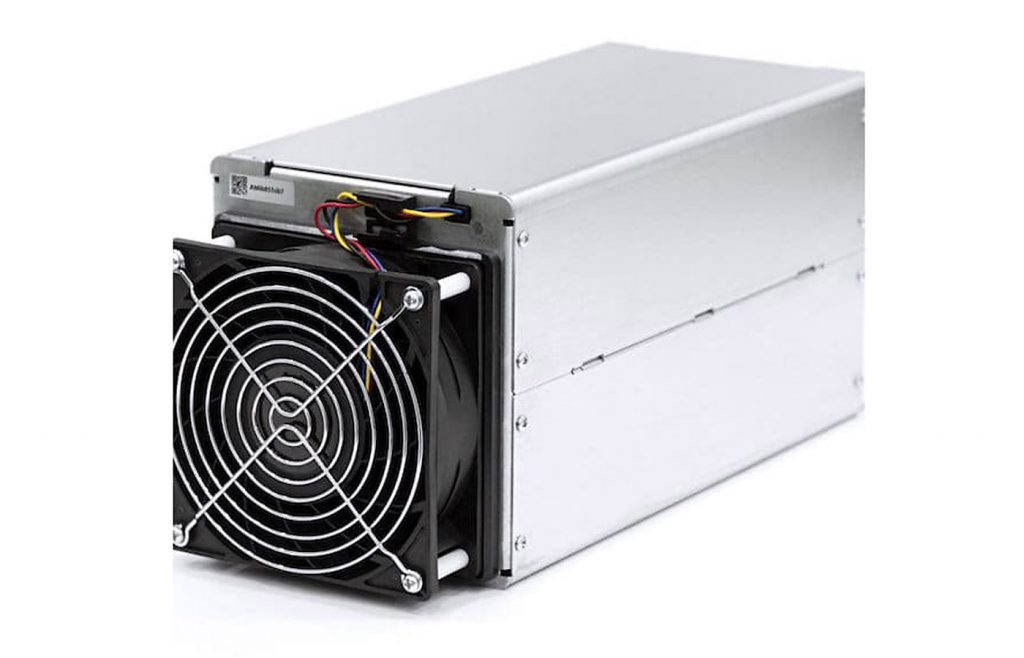
As I write this on January 3, 2015, I have now mined a total of one bitcoin. That’s the good news. On August 1 when I began mining, my bitcoin would have been worth $620. Today it’s worth $300 and falling. That’s the bad news.
In short, my bitcoin mining experiment has been a flop. That’s okay, though. I’m a hero: I lose money so you don’t have to. My column last September about my incipient bitcoin mining experiment generated a lot of interest. Many people stopped me and asked questions. And when they did, I’d tell them that it was risky and I’d advise against it. In my column and in person, I promised I’d write about the results. So here we are.
I got off to a good start. Initially my miner was mining one one-hundredth of a bitcoin per day. I was satisfied with that and imagined that in 100 days I would have mined one bitcoin. And since it was trading at $620 at the time, that meant I would have recouped my investment of $555 in a miner and $65 for a power adaptor. In less than four months I might even have begun making a bit of profit.
But immediately the value of bitcoin began to fall. A little over a year ago it had traded at nearly $1,000. And during the summer it had been fairly stable at around $600. However, around the time I started mining, the slide began.
Plus, by this December my miner was only mining about half the amount per day as it had been at the beginning: in the range of .004 to .005 instead of .01. More bad news. I knew it would get more difficult to mine bitcoins as time passed. After all, I had written about that. The algorithm that governs its creation was intended to get harder as more coins were mined, until eventually when the cap of 21 million bitcoins is reached. But I didn’t think the rate would halve in four months.
In August my Bitmain AntMiner S3 was state of the art, with 32 speedy computer chips. It’s about the size of a toaster and connects to the Internet. It runs 24/7. The challenge with mining is that at a certain point, the return is less than the cost of electricity. If I get .005 bitcoin per day, at today’s price of $300 that’s worth about $1.50. But running this powerful gadget all day and all night costs somewhere between 75¢ and $1.20 per day. If the trends continue, I’d do well to stop mining bitcoin.
So what do you do then? You mine some other cryptocurrency that’s not so hard. There are now around 500 to 700 cryptocurrencies available, all of them vying to be the next bitcoin. Bitcoin, which was the first, uses open-source software, and many of the subsequent crypto-currencies are simply knockoffs. About 10 of them have market capitalizations over $10 million, meaning that if you mine them you might actually be able to trade your coins for dollars.
For the time being, I’m hanging onto my bitcoin. After all, what goes down must go up, right? I’m hoping it’ll go back up to $1,000. If it does, then I’ll sell my one bitcoin and use the money to buy the new, state-of-the-art AntMiner S4. This baby has 160 computer chips and costs a little over $1,000.
Just kidding.
So why did the value of bitcoin plunge? It is, after all, brilliant in conception and has tremendous potential to be the ideal currency for the Internet because transaction costs are free or very low. But it has two problems: 1) volatility and 2) lack of liquidity. There are too many people who, like me, are hanging onto their bitcoin as an investment, reducing liquidity. That reduces its utility, and may contribute to its loss in value. Some people think that if it could become a true Internet currency, its value could go up to $5,000 or higher.
In any case, I think I’m close to being done with mining. But overall it was interesting and fun to dip my toe into the world of cryptocurrencies. (I just hope my September column didn’t encourage people to buy miners. I’d hate to be responsible for their losing money.)
Anyone want to buy a used miner?
